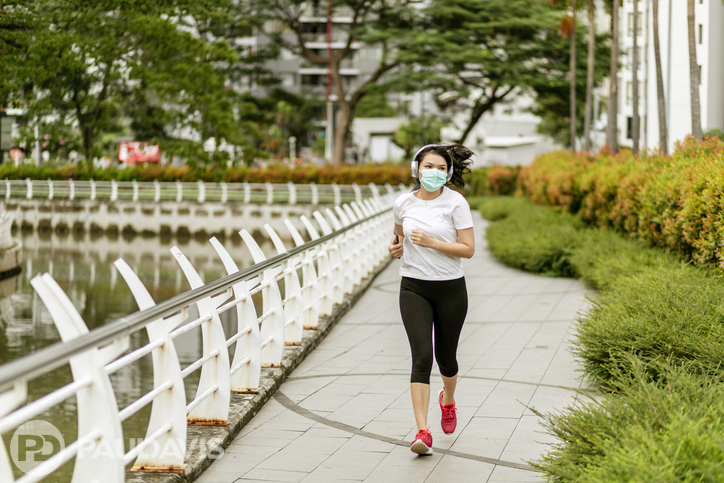
Apartment and condominium dwellers rejoiced when one particular amenity reopened after COVID-19 limitations: the onsite gym. During the coronavirus restrictions, property managers fielded more inquiries about fitness facilities than any other (laundry rooms were a close second). These are just two of the many common areas subject to new precautions and rules as community residents return. Ensuring safety and proper management is a logistical challenge, as leasing offices, pools, playrooms, communal kitchens, lobbies, dog parks, meeting rooms, theaters and event spaces again welcome residents.
“Reopening common spaces and amenities demands smart upfront planning, targeted work orders and help from well-equipped partners like Paul Davis,” says Matt Wildt, Technical Trainer and IICRC Instructor, “as well as insurance carriers and legal teams. Reopening is not a single date on the calendar. It’s a long-term maintenance process that requires continual attention and forethought.”
Paul Davis recommends that property managers follow a checklist of precautions for reopening:
- Know the guidance: Many governmental entities offer specific guidance for reopening multi-occupant structures and areas. Ensure that your team identifies and follows all applicable guidance for your municipality.
- Consider liability: Many property managers are protecting against future liability by asking residents and guests using common areas to sign a liability waiver acknowledging potential risks of COVID-19 exposure. Talk to your legal counsel about whether these measures make sense for your community.
- Create standard operating procedures: Develop SOPs at a corporate level to ensure that all areas receive the right measures on specific schedules. Outdoor spaces will require different approaches than indoor spaces. For indoor spaces, occupancy limitations also dictate different SOPs for different areas: larger spaces require fewer precautions than smaller ones.
- Schedule preemptive cleaning: If areas have been closed for longer than 7 days, authorities say there is no need to sanitize surfaces against COVID-19 because the virus has not been shown to survive on surfaces longer than a week. Many properties, however, are taking no chances and scheduling preemptive cleanings designed to combat COVID-19.
- Reconfigure and implement traffic patterns: Essential retail businesses demonstrated sensible traffic patterns – single direction entry and exit, marked circles for lines, etc. - that enabled six-foot social distancing. Consider how traffic should circulate in your common areas and mark accordingly.
- Control access: Consider how many residents should use a common area at one time and implement policies that limit access to safe numbers. Measures may include sign-ups, specific time slots, appointments, specific days, or supervised access.
- Post signage: Clearly mark common areas with social distancing rules, cleaning requirements, access schedules and other information residents must know or follow to use common areas.
- Assign personnel: Prior to COVID-19, most common areas were rarely staffed. This paradigm will likely change to enforce new rules, monitoring, cleaning and maintenance procedures. Ensure that team members use suitable products, processes and protective equipment to do so.
- Use technology tools. Many property managers are implementing online scheduling, sign-ups and rule dissemination. Others are installing remote monitoring and electronic access systems. Consider how technology tools can ensure safe use of your common areas.
Finally, Paul Davis advises securing long-term assistance. “The new procedures to open and maintain common areas are resource-intensive, Wildt concludes. “Our technicians can supplement your onsite staff by posting signage, cleaning regularly and advising on how best to maintain safe access to these essential amenities. The ultimate aim is keeping residents safe and happy in your community.”
